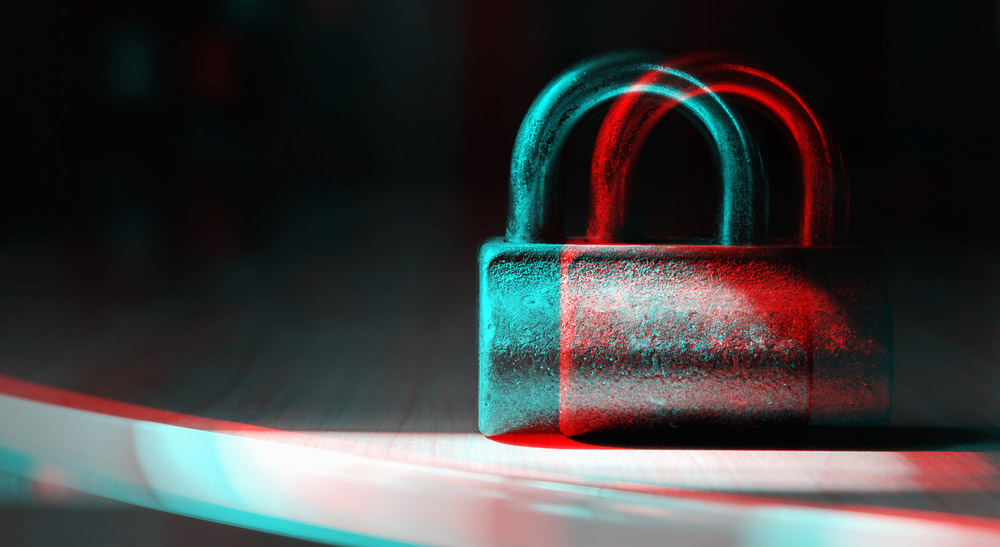
Businesses have some serious problems on their hands when it comes to security. Major breaches seem to be occurring at an alarming pace – every other week seems to bring headlines of another large company suffering a security breach, and that doesn’t even begin to touch the thousands of breaches that don’t get media attention. With cyber attacks happening with far more regularly than ever before, it’s up to companies to adopt and use security technologies designed to prevent them. Such a task is formidable, even with the best technology available. Unfortunately, too many organizations are using technologies that are woefully outdated. One recent survey showed that more than half of all enterprises admit to using security technology that was at least three years old, while 11 percent say they’re using technology that’s 10 or more years old. With outdated security technology, companies are much less capable of handling today’s security challenges, let alone what’s to come tomorrow. Here are just a few examples of technologies that are either outdated already or may soon become obsolete:
Biometric Scanning
On the surface, biometric authentication sounds like the perfect security solution. After all, you are the only person with your fingerprints and DNA. But biometric scanning might not be as secure as you think. After all, the system isn’t recognizing your fingerprints directly but rather the digital version of your fingerprints (or DNA, retina, etc.). Such information can be stolen just like a password. It’s also important to note that unlike a password, you can’t just change up your biometric indicators. Once someone has your fingerprints, that’s it. That’s not to say that biometric authentication is a completely bad idea, but it should be accompanied by another form of authentication.
Password Systems
Passwords have been around for a long time but they may soon be obsolete. One of the main reasons for this is that passwords represent one of the biggest risks of a data breach, at least according to the Institute of Security, Technology, and Society at Dartmouth College. Passwords have become an easy target for hackers, in part because people usually use the same password for all their most sensitive accounts. It doesn’t take much effort for a cyber criminal to find out someone’s username and pair it up with a password to access confidential information from numerous different accounts. Password systems will likely become outdated in the coming years as businesses start adopting other forms of security that are not as easily guessed by outside attackers.
Antivirus Software
While antivirus has done a commendable job in the decades it’s been used, don’t be surprised to see it fall by the wayside. If the decline in antivirus use happens, it will largely be from greater use of whitelisting, or application control, on computers and mobile devices. While whitelisting is a capability many computers have had for years, only recently has it become a default setting. Whitelisting basically works by preventing programs with certain identified harmful signatures from running on a piece of equipment. Companies like Apple and Microsoft haven’t used whitelisting as a default setting to give users the freedom to run any program on their machines, but that attitude is quickly changing. Whether through Apple’s Gatekeeper or the Windows 10 DeviceGuard, the more whitelisting happens, the more antivirus software will be left behind.
Firewalls
Similar to antivirus programs, firewalls may soon become obsolete thanks to advances in other technologies. While firewalls still persist to this day, many aren’t even configured and feature far too permissive rules to be of much use. Firewalls are proving to be outpaced by the use of HTTPS network connections. In addition to that, many of the attacks firewalls are best designed to stop have ceased to be much of a problem. Plus, firewalls do a poor job preventing attacks from social engineering and unpatched software. With fewer reasons to use firewalls, they will likely become obsolete sometime in the future. These security technologies have served some good uses in the past but holding onto outdated technology only increases the risks you’ll face in the future. Hackers change up their tactics with incredible frequency, and companies need to be on top of that by adopting better security technology. There’s no reason to hold onto a ten year old server when converged infrastructure is a reality, and there’s no reason to think passwords are the best way to keep cyber attackers out when better measures are available. All businesses should consider carefully where they go with security in the years to come.

About the Author: Rick Delgado is a freelancer tech writer and commentator. He enjoys writing about new technologies and trends, and how they can help us. Rick occasionally writes for several tech companies and industry publications. Editor’s Note: The opinions expressed in this and other guest author articles are solely those of the contributor, and do not necessarily reflect those of Tripwire, Inc. Title image courtesy of ShutterStock
Meet Fortra™ Your Cybersecurity Ally™
Fortra is creating a simpler, stronger, and more straightforward future for cybersecurity by offering a portfolio of integrated and scalable solutions. Learn more about how Fortra’s portfolio of solutions can benefit your business.

